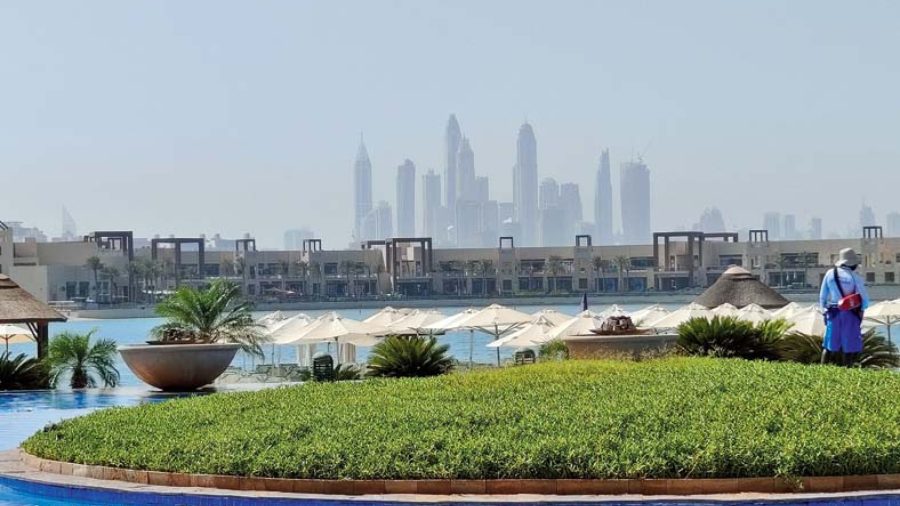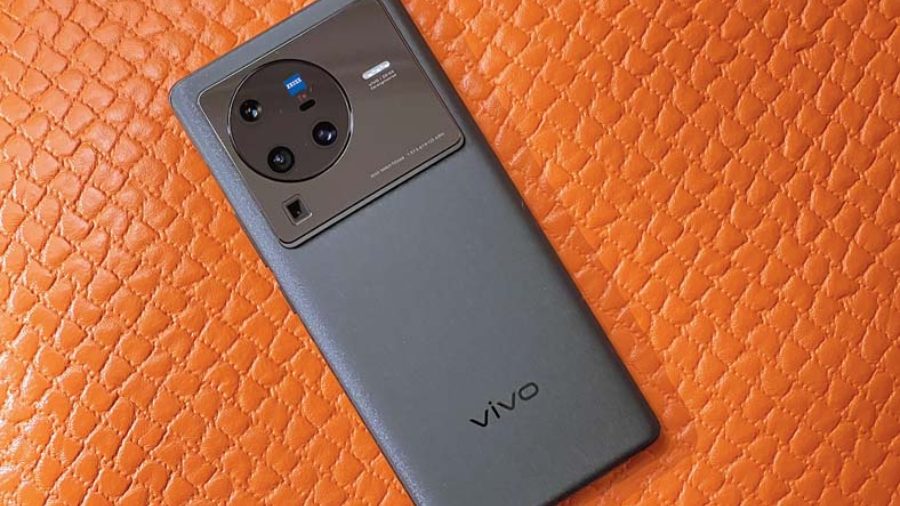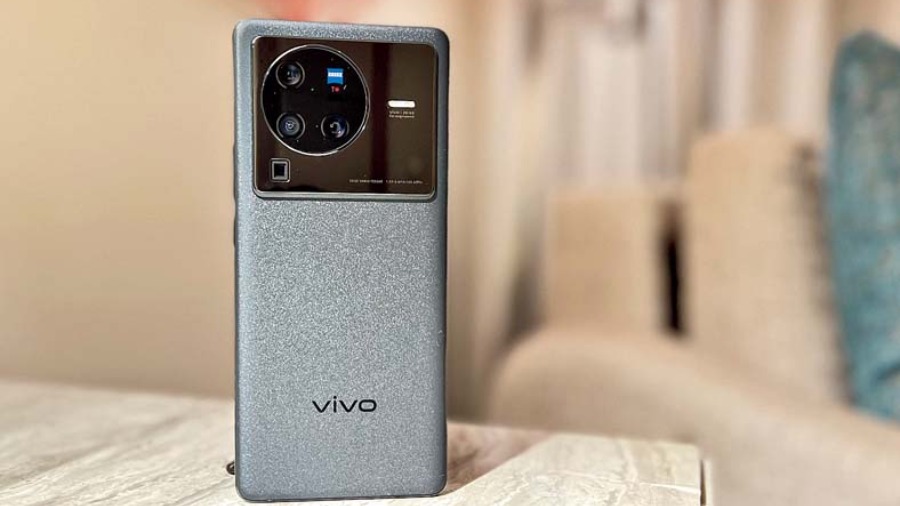Outstanding Android phone experiences are hard to come by because only a couple of brands manage to offer consistency while delivering one device after another. Vivo has been doing a fantastic job in the last couple of years though they have had fewer launches compared to other brands, which is a good thing because last year’s phones continue to perform well. Here’s where Vivo has played its hand well. Even if you have a Vivo X series phone, the latest offering is bigger and better. We recently had the opportunity to experience Vivo X80 Pro for a few days… more like a week, and one thing is for sure — the camera set-up on this device simply rocks. There are two minor issues, which we talk about at the end.
Spoilt for choice in the camera department
Let’s dive straight into the camera set up, which thankfully, doesn’t have a macro lens. Keeping the 50MP primary camera (f/1.57) company is a 48MP ultra-wide (f/2.2), 12MP portrait (f/1.85) and 8MP periscope (f/3.4). But at no point did megapixels make much of a difference. It’s about post-processing and AI; it’s about the software… it’s about the V1+ chipset that keeps the main processor company.
The company has hit it out of the park with the V1+ processor. Recently, we saw Xiaomi 12 Pro 5G, which too is a good premium phone but the camera chops on the Vivo device has an edge. It tries to reach the same level of point-and-shoot accuracy of Samsung Galaxy S22 or an iPhone 13.

The Zeiss T* coating on the lens helps tackle flares
There’s another point to remember — Vivo’s collaboration with ZEISS, a leading name in optics and optoelectronics. Usually we see collaborations end up being more about brand names, that is, just a name slapped on the back of a phone. Here you actually find ZEISS making a difference. I know, OnePlus too has a collaboration going on with Hasselblad but somehow the end results are not obvious on any OnePlus phone.
The biggest feature is the quality of the lens and the T* coating. This is a coating that cuts off flares; even if you point the camera at the sun, like we did while taking a hot air balloon ride, there is zero — or almost nil — flare in the pictures. It helps a lot while taking pictures at night, in places packed with neon lights. In fact, one can even recommend the phone simply for the T* coating.

The phone comes with the pro-imaging chip V1+ that makes photography shine
Vivo is using a custom Samsung GN1 sensor on the main camera, called GNV, which ensures photographs are crisp. Even when you move to the ultra-wide, there is very little colour distortion and pictures retain a lot of details.
Coming back to the V1+ chip, there is a lot of AI processing involved, like automatically detecting scenes and applying appropriate treatment. Making photography and videography appear professional are different “styles”. For example, you get the new ZEISS Cinematic Video Bokeh feature, which creates oval flare bokeh with a 2.39:1 aspect ratio, creating a widescreen cinematic lens effect that would make Christopher Nolan happy. It’s not something you will find on other phones. The power of AI can also be seen at night when videos and photos have less noise. Vivo has gone with a slower shutter and higher ISO at night, making way to well-exposed images.

The collaboration with ZEISS has paid off for Vivo
Then consider the usage of LUT in a video. LookUp Tables or LUTs are values of colours, saturation, brightness and contrast that can be modified to give videos a certain feel. You can achieve that while shooting in Pro mode. Once in Pro mode, choose ‘LOG’ which has several options, a personal favourite being Dark Knight.
Vivo didn’t stop there. Here’s one feature that I haven’t seen on any other smartphone – horizon level stablisation. When you shoot an action scene, there can be 360-degree movement. It doesn’t matter how you turn the phone, the horizon remains stable and the final output is fantastic.

There is zero shutter lag even in demanding settings
On top of all this is the gimble-level stablisation that Vivo is known for. Run with the phone, jog with the phone but the video remains stable.
In fact, perhaps the problem is that too much is happening on the camera front; there are too many options. But I can live with that problem.
To one of the quibbles we spoke about at the start — the selfie camera is brilliant but it can’t shoot video beyond 1080p@30fps, which is a shame for such a powerful phone.

There is a good balance of colours and excellent video stablisation
Should you go for it?
As good as the camera is the display — 6.78-inch 2K E5-AMOLED display with 120Hz refresh rate. It’s an important choice for two reasons. First, after colour correcting a picture on this phone you can post it on social media and the final output will look the same on any other phone. Second, the display consumes less power, which indirectly ties in with the processor — Snapdragon 8 Gen 1. It’s a very capable processor but on other flagship smartphones it hasn’t been very effective when it comes to battery life. On the Vivo device, the display consumes less power and you will end up having seven to 7.5 hours of screen-on time, which is enough for the day. There is a 4,700mAh battery and it supports 80W wired charging and 50W wireless charging.

The phone’s camera set-up shines at night
Coming to the second quibble: it’s a rounded screen, meaning there will be accidental touches, though the overall feel of the phone is quite good. It’s a matter of personal preference and I prefer flat screens even though they can be difficult to hold for hours at end.
So where does this phone fit in? It’s one of those few phones you can take on a holiday and come away with excellent video and photos. You really don’t need to carry a second device. I wish the company had not loaded bloatware like Dailyhunt, Moj, MX Takta Tak and ShareChat though these apps can be deleted. If you can overlook that, Vivo X80 Pro is a solid phone with a stellar camera and that’s what the company wanted to prove — it can make very good camera hardware.

The camera module is unlike on many other phones
At a glance
Device: Vivo X80 Pro
Price: Rs 79,999 (12GB+256GB); will go on sale on May 25. Vivo X80 is priced upwards of Rs 54,999
High notes
- The main camera tackles flares very well
- Excellent video stabilisation
- Good power management
- Lots of features in the video department
- Top-notch night photography
Muffled notes
- Bloatware (can be deleted)
- Selfie camera records video at 1080p@30fps
